The documentary and thematic exhibition “Kim Toan, Journalist-Soldier” has just been released, bringing to the public realistic and vivid slices of him, a shining example for many generations who love writing.
Journalist Kim Toan, also known by the pen name Cao Kim, is 85 years old this year and has never stopped writing for newspapers and books. He is the only journalist of Giai Phong Newspaper (the predecessor of Dai Doan Ket Newspaper) who is still alive and still writing in the North. He crossed Truong Son twice to the South to work as a war correspondent, and later became the Editor-in-Chief of Hai Phong Newspaper. Notably, he once received a death notice, had a memorial service held by his comrades and teammates, and then luckily returned, continuing to make outstanding contributions...
Stories and memorabilia about journalist Kim Toan have been collected, stored and used to make the documentary "Kim Toan, Journalist-Soldier" by the Vietnam Journalism Museum ( Vietnam Journalists Association ).
Speaking at the film's premiere, journalist Le Quoc Minh, member of the Party Central Committee, Editor-in-Chief of Nhan Dan Newspaper, Deputy Head of the Central Propaganda and Mass Mobilization Commission, and Chairman of the Vietnam Journalists Association, affirmed: "The journalistic journey of journalist Kim Toan is a wordless heroic epic, not only of one person, but of an entire generation of journalists who lived, wrote and fought for the ideal of national independence, national reunification and innovation to build an increasingly prosperous and beautiful homeland and country."
Nearly 40 minutes of film probably cannot tell everything about a man who lived during the historical days of the country, but the selected details have recreated the stages and outstanding achievements of journalist Kim Toan, depicting his talent and qualities.
Journalist Kim Toan's real name is Nguyen Kim Toan, born in 1940 in Hai Phong, and has been a journalist since 1960. In 1965, he volunteered to go to the South and became one of the main writers of Giai Phong Newspaper with the pen name Cao Kim.
While working as a journalist, he also held a gun and directly participated in combat in the armed propaganda force, and taught on-site crash journalism training for several localities and Liberation Army units. The second time journalist Kim Toan volunteered to cross Truong Son was in 1974, continuing to go to the front line of fire and bullets to work.
His articles such as "The Little Bird in the Enemy's Den", "Saigon on Fire in Early Spring", "After the Gunfire"... not only inspired our army and people but are also valuable documents about the heroic struggle of the nation.
An older brother, teacher, and beloved colleague of his, journalist Hong Chau, aka Thep Moi, former Editor-in-Chief of Giai Phong Newspaper, former Deputy Editor-in-Chief of Nhan Dan Newspaper, once commented: "Cao Kim has been to many places, not only to liberated areas but also to disputed areas and enemy-controlled areas..., wherever he goes, he is always daring, brave, courageous, always at the forefront of all dangers."
The Vietnam Press Museum is preserving and displaying many manuscripts, works and relics of journalist Kim Toan, including the death notice of comrade Cao Kim - a very special war relic. Amidst the rain of bombs and bullets of the Mau Than Spring Campaign in 1968, journalist Kim Toan was once thought to have died, a rare mistake in the fierce circumstances at that time.
In peacetime, returning to his homeland, Kim Toan's sharp and humane pen wrote new pages. As Editor-in-Chief of Hai Phong Newspaper (1989-2002), he and the newspaper's staff improved the content and form, making the newspaper one of the pioneering local press agencies in innovation, leaving a deep impression on readers. He was Chairman of the Hai Phong City Journalists Association, Standing Member of the Vietnam Journalists Association, actively proposing many ideas and initiatives, and actively working with journalists nationwide.
Journalist Kim Toan's steadfast and exemplary life and his love and teachings have also become an example for his children and grandchildren in the family, with many of them being successful and assigned important responsibilities in society. Over the years, although he has long since retired, he has diligently written and recorded his journey through four published books: "Journalism in the battlefield", "Little bird in the enemy's lair", "Writing in the fire and bullets", "Twice crossing Truong Son".
Although a documentary, “Kim Toan, Journalist-Soldier” is artistic and touches the hearts of viewers. The scriptwriter and film director is journalist and poet Nguyen Si Dai, former Deputy Head of the Culture and Arts Department of Nhan Dan Newspaper.
Representing the film crew, journalist Nguyen Si Dai affirmed that the film not only aims to honor an individual but also recreates a part of the nation's history; recognizing the contributions of previous generations of journalists. The film honors the examples of revolutionary journalists who sacrificed their lives for the country - as well as the characters in journalist Kim Toan's journalistic and literary works - contributing to helping the younger generation better understand the heroic past of their fathers and brothers, along with their experience in journalism and preserving human dignity in extremely difficult, complicated, and dangerous circumstances.
Present at the film premiere and discussion at the Vietnam Press Museum, journalist Kim Toan shared: “Each souvenir, each film makes me speechless, sometimes unable to say anything because everything is associated with blood, tears, with comrades and homesickness during the years of being part of the sacred flow of the country…”.
Journalists-soldiers are a special force in the history of Vietnam and the Vietnamese revolutionary press. During the revolutionary movement before 1945 and the two resistance wars against French colonialism and American imperialism, from the revolutionary requirements and the passionate patriotism of writers, a team of journalist-soldiers was naturally formed. They held pens and guns, ready to sacrifice themselves for the independence and freedom of the Fatherland. They made worthy contributions to the great victories of the nation in the cause of national liberation and renovation, writing a glorious page in the history of Vietnamese journalism.
After two years of production, the film was presented to the Vietnam Press Museum and the family of journalist Kim Toan, and is expected to be shown on television channels in the near future. This is not only a meaningful spiritual gift on the occasion of the 100th anniversary of Vietnam Revolutionary Press, but also a legacy sent to today's and future generations to continue the tradition with gratitude and pride.
Source: https://nhandan.vn/dau-an-mot-nha-bao-chien-si-post889328.html


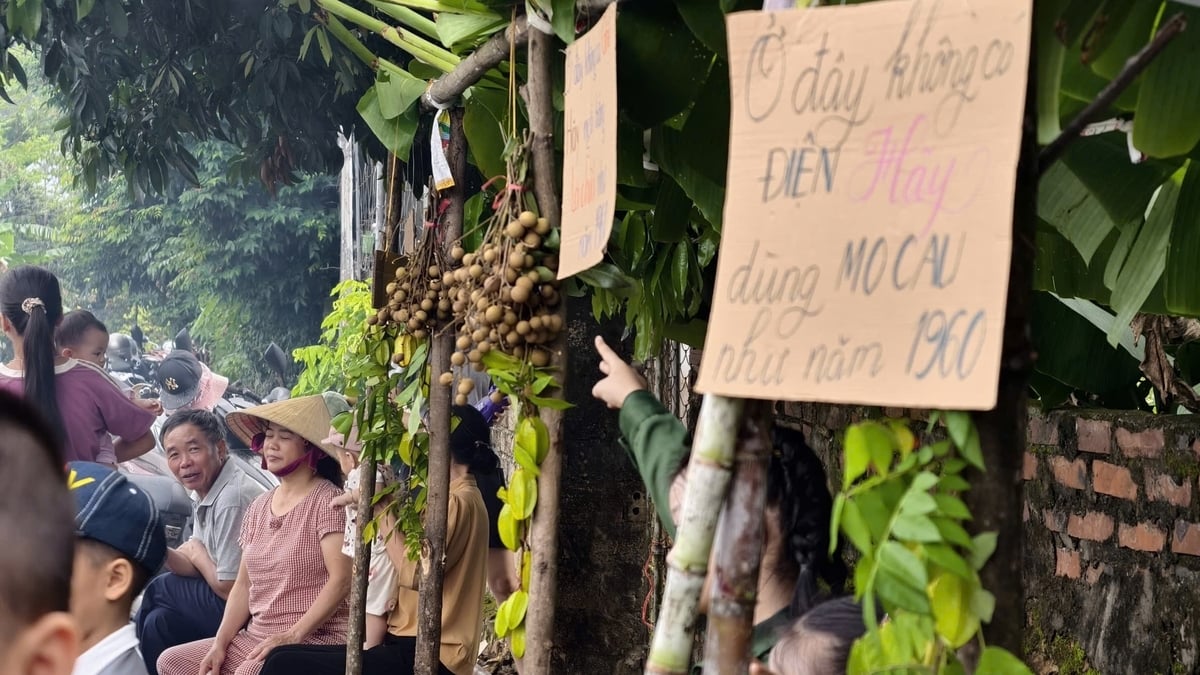

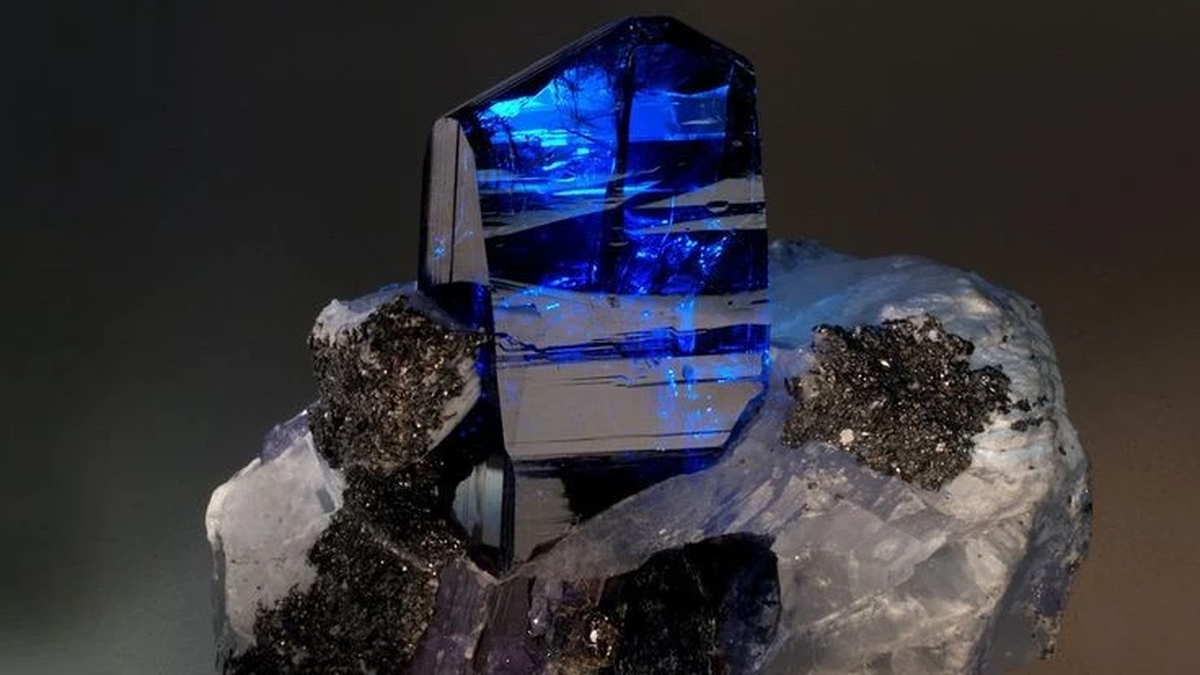


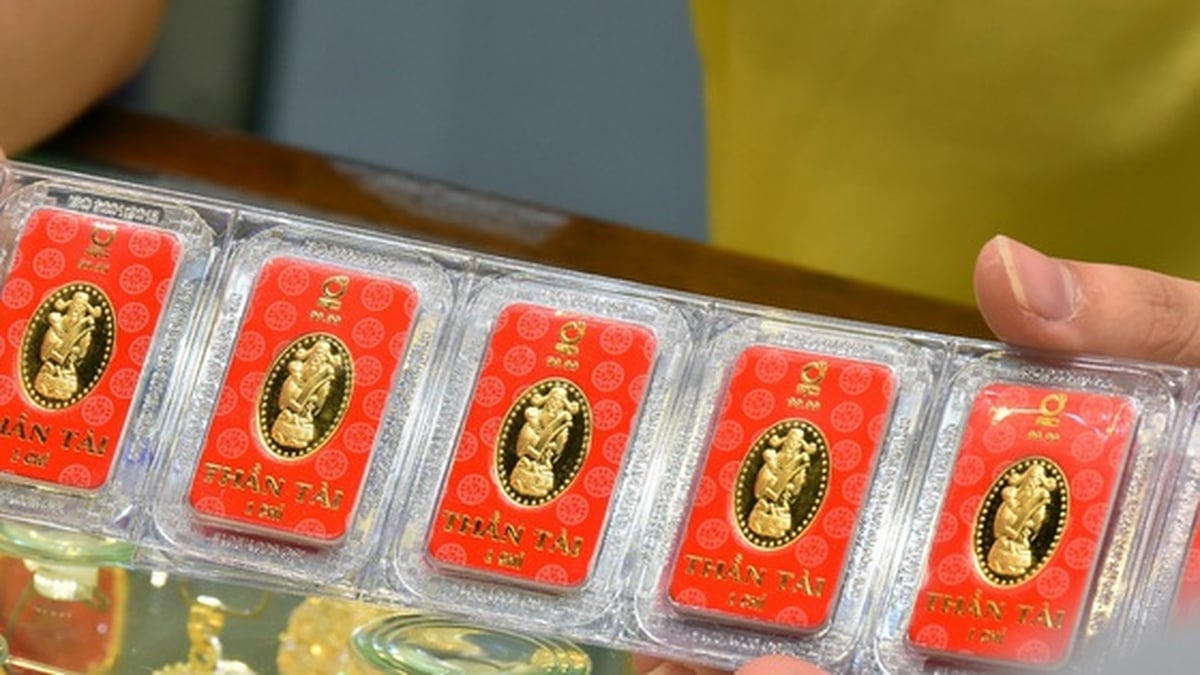

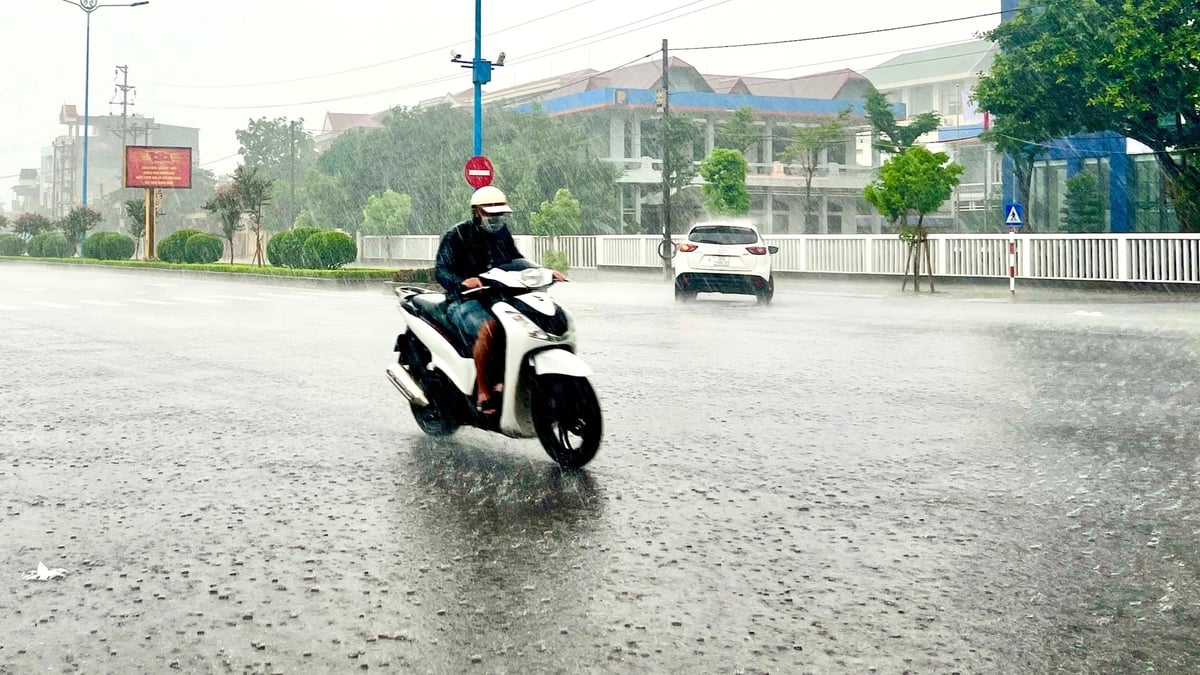
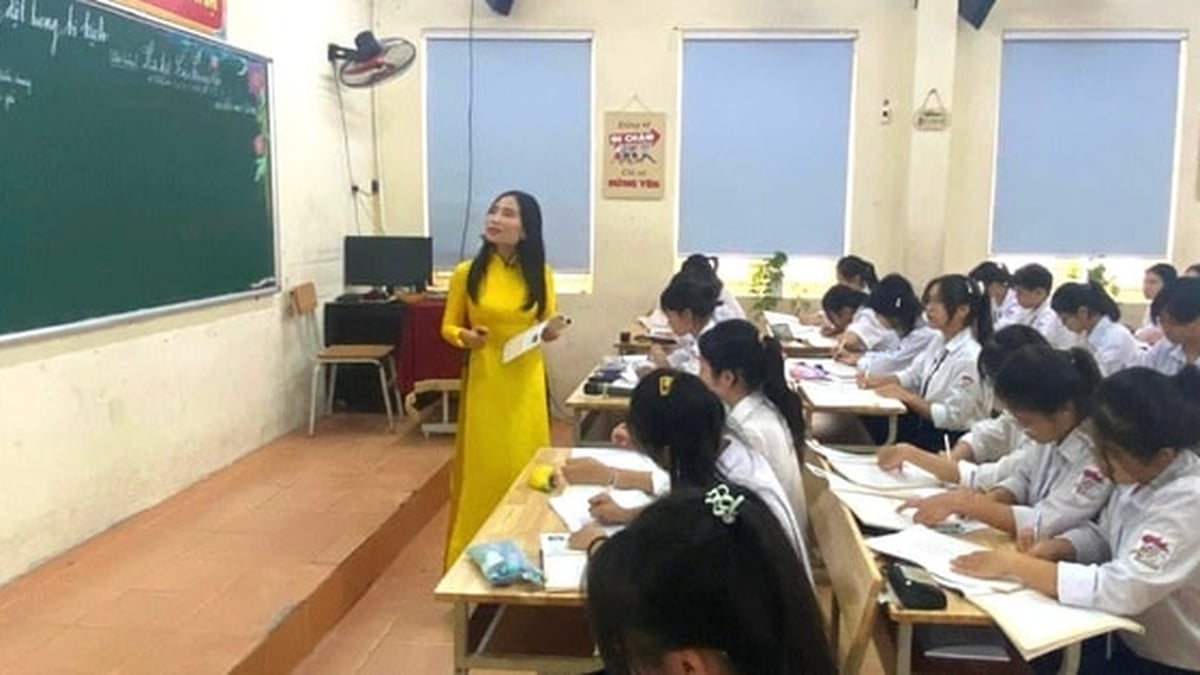
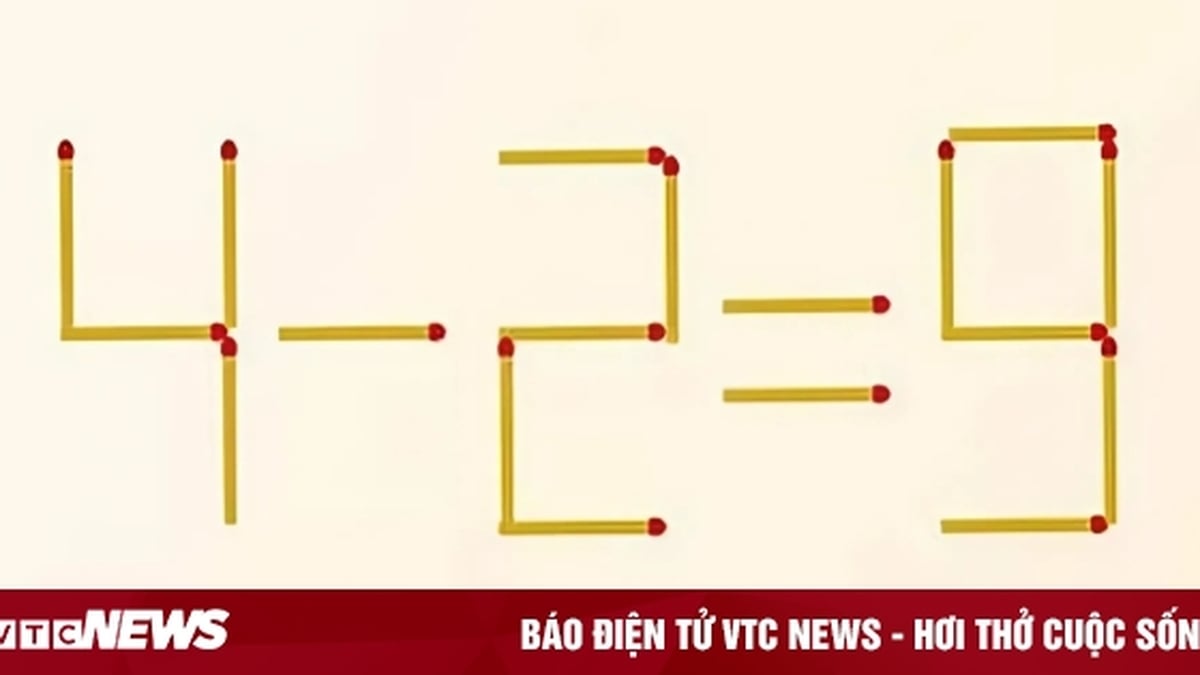






























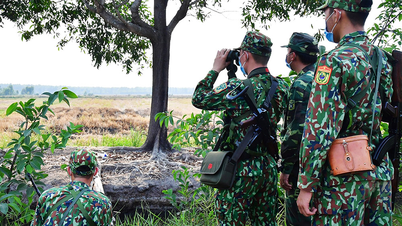












![[Maritime News] Container shipping faces overcapacity that will last until 2028](https://vphoto.vietnam.vn/thumb/402x226/vietnam/resource/IMAGE/2025/7/30/6d35cbc6b0f643fd97f8aa2e9bc87aea)











































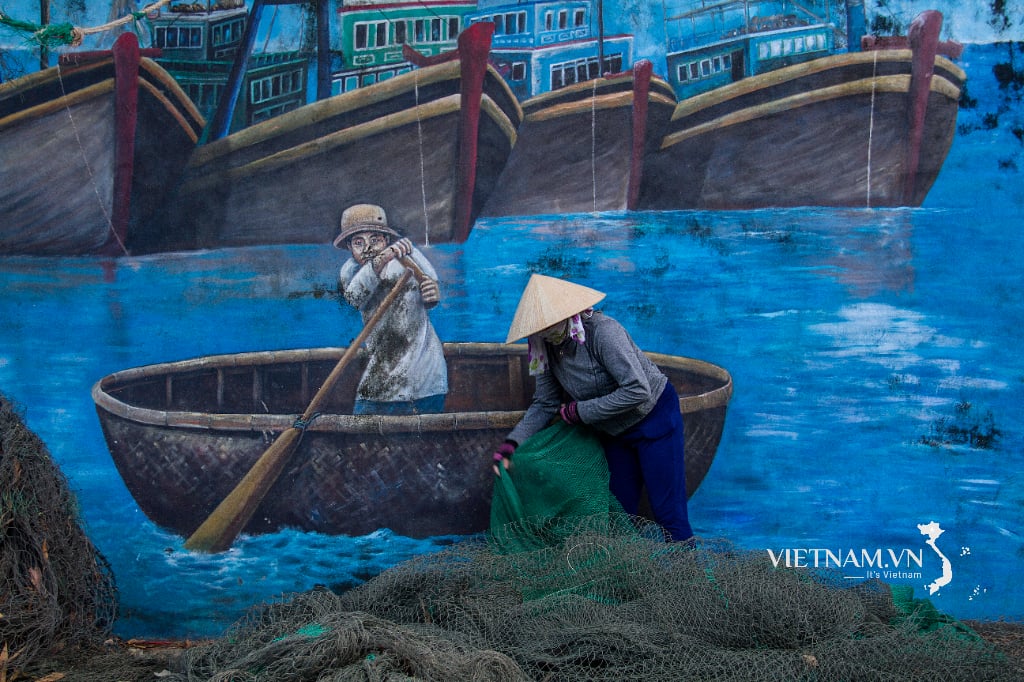
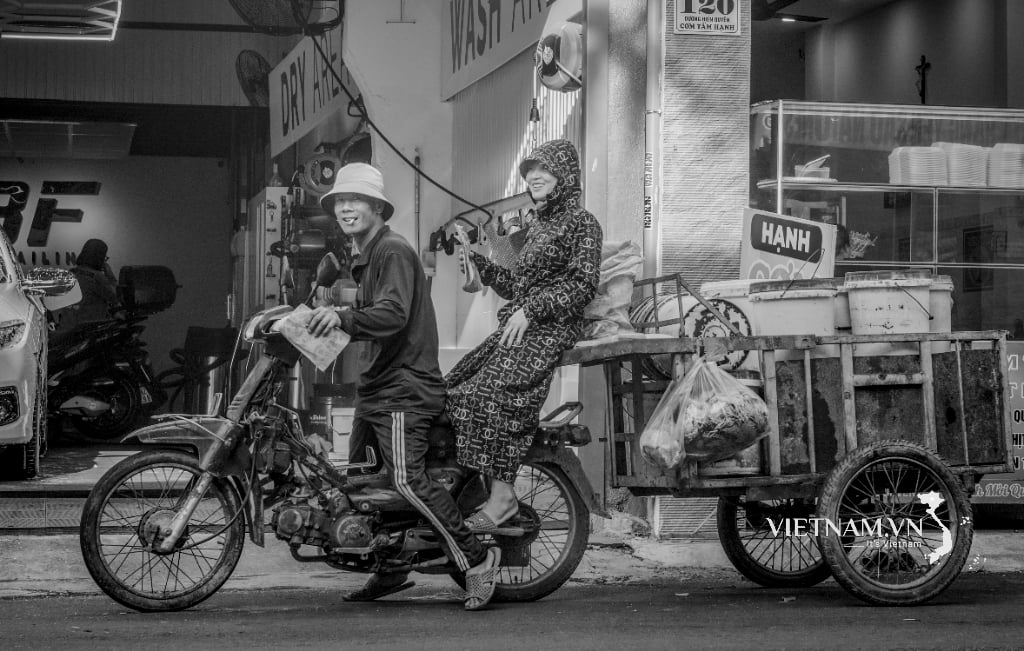
Comment (0)